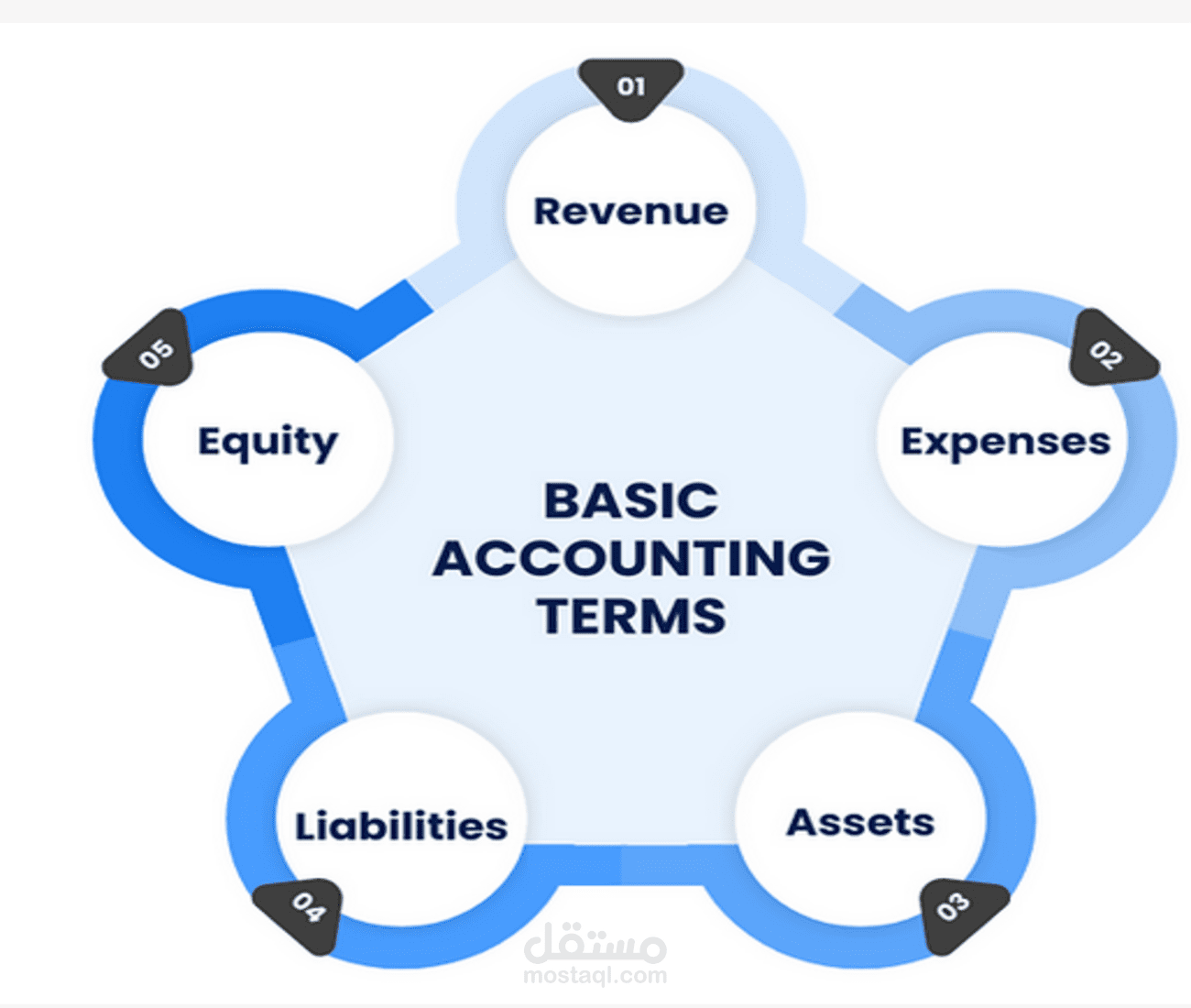مبحث أدبي لدراسة بكلية المحاسبة (جزء بالمرفق)
تفاصيل العمل
This paper tries to evaluate the importance of the Stakeholder Salience Theory, being an ideological and strategic concept that undertakes an exactly crucial role in understanding the power dynamics and positive attitudes of stakeholders in organizations at all levels (Bridoux & Stoelhorst, 2025). The paper examines the depths of this theory and explores the successful implementation, which the core elements emphasize while integrating into other accounting theories in order to shape and impact business strategies, clarifying that by gaining an almost comprehensive awareness of stakeholder salience, organizations can effectively manage good relationships and achieve sustainable success (Gray & Purdy, 2025).
It is common knowledge amongst business leaders that Stakeholder Salience Theory (SST) is an evidently widely recognized and influential framework that provides the most valuable perspective on stakeholder management that systematically conducts different decision-making processes (Mitchell & Lee, 2025). In modern professional contexts, stakeholders regulate an enormous task, represented in maintaining the organization’s stability (Curșeu & Schruijer, 2025). Stakeholders generally, defined as individuals who have an interest in organization's activities, are diverse and multifaceted (Barney, 2025). To effectively satisfy these single entities’ needs and objectives, organizations have to identify and prioritize their personalized significance, taking the concept of stakeholder salience into consideration in order to accurately describe its strategic strengths and deficiencies as well (Mitchell, Agle, & Bryan, 2025).
To clarify, it is an established fact that Stakeholder Salience refers to the relevance, power, and legitimacy of stakeholders in relation to an organization (Hein et al., 2025). As an expected consequence, the approach itself involves the identification and evaluation of stakeholders based on their attributes, such as proximity, urgency, and authority (Hillebrand, Driessen, & Koll, 2025). The salience of stakeholders can also vary depending on the context and industry. For example, in some healthcare organizations, patients and medical professionals are typically considered primary stakeholders, due to their direct involvement and influence. On the other hand, suppliers and regulatory bodies may have an obviously lower level of salience, because they are less directly impacted by the organization's daily operations. This illustrates that the concept of stakeholder salience has many marked implications for all organizations; especially regarding the resource allocation (Dyer, Singh, & Hesterly, 2025). For instance, the company possessing an extensive level of customer stakeholder salience may invest heavily in customer service and product development to meet their demands and build its competitive edge. By contrast, organizations that fail to recognize the salience of certain stakeholders may face negative consequences, such as reputational damage and increased regulatory scrutiny.
The study uses the Quantitative Research Methods, practicing the technique of prospective interventional case series, by which the author managed to conduct his research, with the aid of formal statistics, which emphasize that Stakeholder Salience Theory can precisely identify the stakeholders’ characteristics and classify them in different perspectives.
The author has also examined the efficacy and relevance of the Stakeholder Salience Model, expressing that it contributes to promoting transparency and enhancing corporate social responsibility. He has also tried to determine if such contributions can produce sufficient outcomes that keep the organizational system lucrative and vibrant, touching upon the model weaknesses and flaws, which undermine the theory validity, particularly when compared to other accounting theories.
